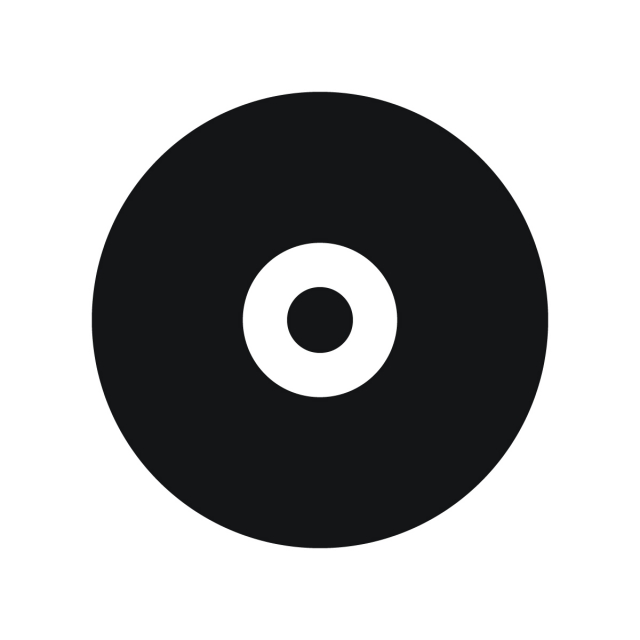I used to have an AT LP60 turntable and at one point I realized it was too fast when set at 33 1/3 for most of my LPs.
Disclaimers:
I am not an expert and obviously not an audiophile.
I am OK with my LP60 and I suspect there are at least a few people here who feel the same way and may have this same problem (someday).
If you are an audiophile and hate this TT, please go read something else. This post is not for you.
OK, so, I realized some of my records sounded too fast recently and here’s how I fixed that:
I downloaded an app to determine my TT's speeds.
I have an android phone, so I chose RPM Speed & Wow from the Google Play store.
There are iPhone apps out there too.
It's free and easy to use and very quickly shows you how fast your TT is roatating.
This is not perfect but again, close enough is close enough for me.
Mine showed 34.9 at first (when set on the 33 1/3 RPM setting).
Remove any record from the TT.
Carefully, look under the TT for the two holes marked "33" and "45".
Find a very small flat-head screwdriver.
Use that to gently poke through the fabric covering inside the 33 hole.
Very, very slowly and gently, seat the screwdriver into the screw inside that hole without turning it.
Turn the screw but only very, very slightly.
Seriously - a TINY turn is probably all you need. Less than a quarter turn for sure.
Turn it clockwise to make the table go faster.
Turn it counter-clockwise to make the table go slower.
Run the app on your phone again to test the new speed.
Repeat the adjustment until you get a result very close to 33.33.
Repeat this whole process for 45 RPM if you want to.
I had to repeat this adjustment about 5 times, making ever smaller changes to the screw’s position before I got 33.34 from the app on my phone. Just make very small changes every time and you’ll be OK.
The result is noticeable. I am very happy with this change and I hope this helps someone else.
TL;DR: AT LP60 turntables are good but not great turntables - and there’s no fixing that, but you can adjust their speed. It’s free & easy to do this. It’s worth it too.


What you’re twiddling with are calibration potentiometers and yes, very sensitive. I couldn’t tell you how many times I’ve thought “that’s it, that’s calibrated!” and then simply removing the screwdriver knocks it out again. Most turntables will have these pots, but a lot require partial disassembly to access. I’ve worked on a lot of turntables (generally older stuff) and I’ve figured most of it out the hard way (so I’ve made plenty of mistakes).
A couple of things you might want to consider before calibration is the age of the unit, the belt (if it uses one) and whether it’s been sitting unused for any period of time.
For example if I’m pulling a 40+ year old turntable from someones shed; I’m going to be lubricating both the motor and main bearing (possibly requiring a total strip/clean beforehand) and most likely fitting a new belt. A drop of oil isn’t a bad idea purely from a maintenance perspective though, it’s not just a restoration thing. After doing this, I would want to let that lubrication run-in for a good 30 minutes before attempting calibration. Other things like aging components can influence power delivery to the motor. Something to be aware of, but often can be overcome with speed calibration.
One caveat with smartphone RPM apps; while the weight of your average smartphone isn’t that far off the weight of a 180g vinyl record, plonking it down randomly will result in uneven weight distribution and this could influence the speed (particularly wow/flutter) while you’re trying to calibrate it. If using such apps, I’d recommend sitting your phone above the spindle by using a 45 adapter or better yet something like a small roll of sticky tape. This will allow you to center the weight more accurately.
Smartphone RPM apps are surprisingly accurate but my preferred method is to use a stroboscope (printable, just make sure you’re printing to accurate 100% scale and have picked 50/60hz depending on region) and wow & flutter meter.
A wow & flutter meter is not the kind of thing that most people are going to own (myself included), but software alternatives exist! Granted, they require you to have some vinyl containing test tones and some sort of basic audio interface for your computer. If you dig for secondhand vinyl, you might want to start grabbing those stereo/hi-fi setup/test records as they will usually contain some (can be useful for identifying tracking issues, too).
The software I’ve used is really aimed towards servicing tape decks, but I’ve found both ‘WFGUI’ and ‘Real-time frequency counter’ to be very useful: http://www.ant-audio.co.uk/index.php?cat=post&qry=library